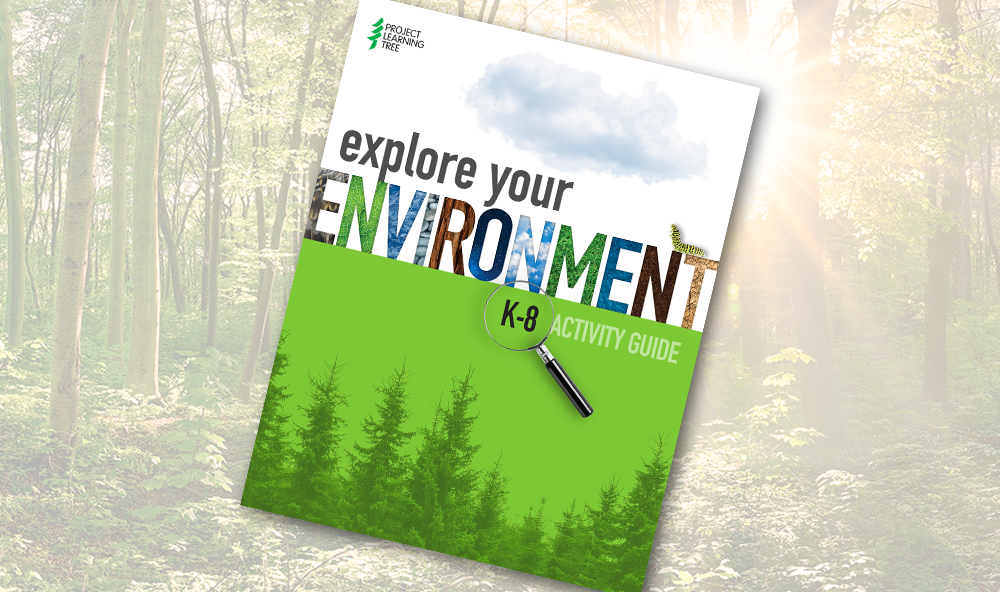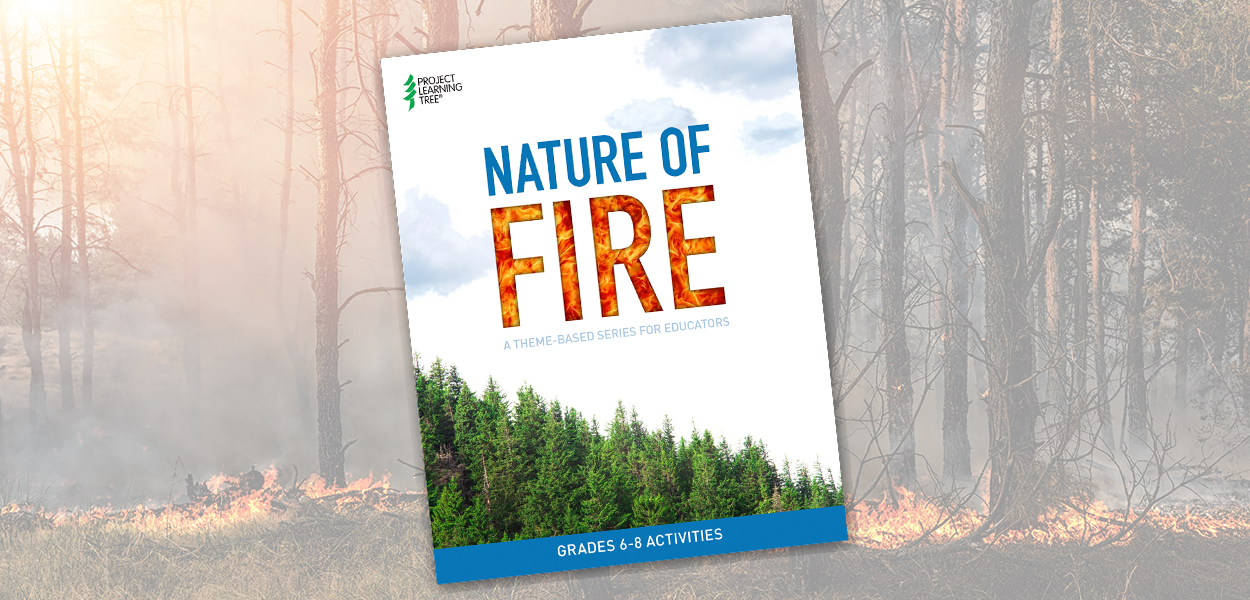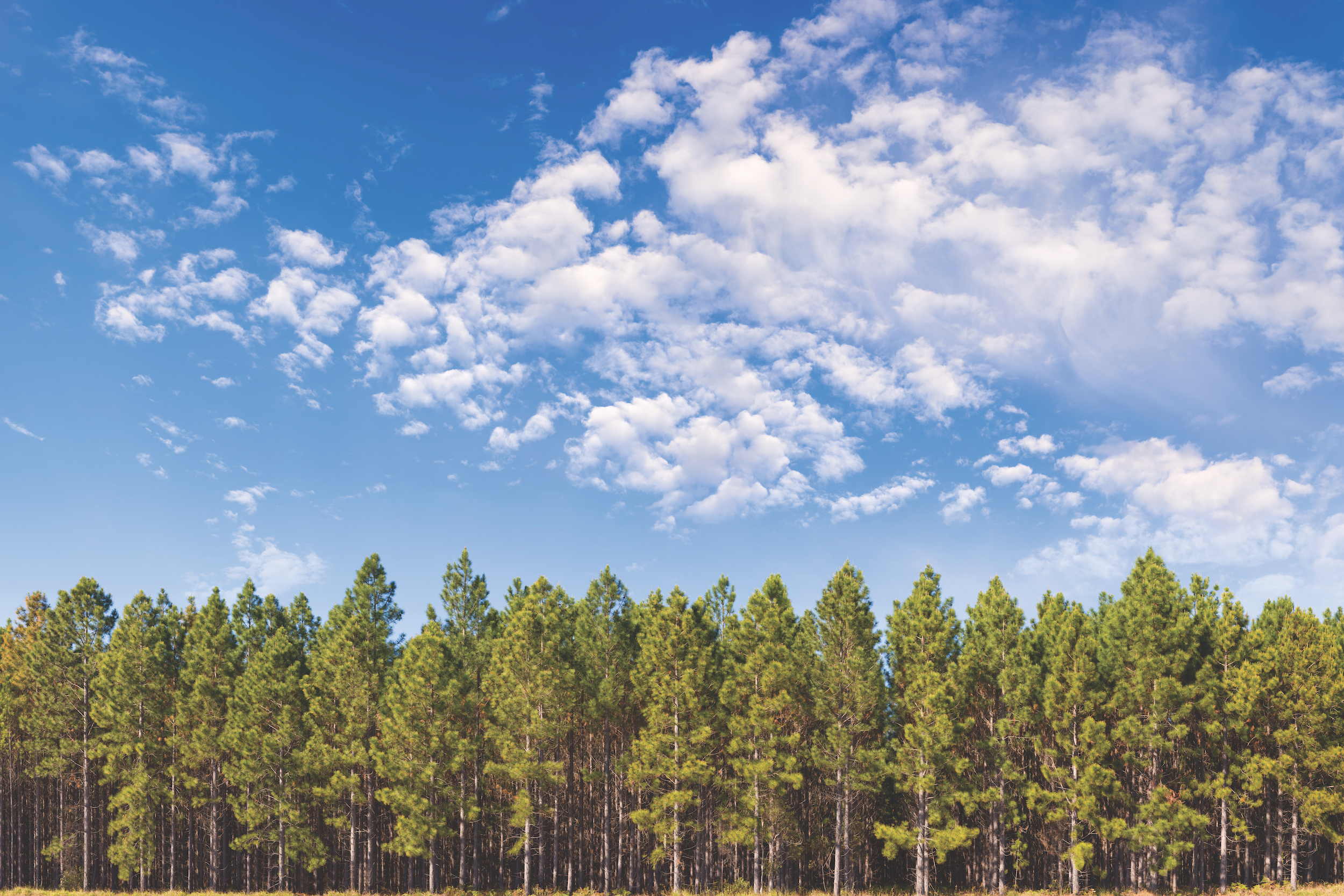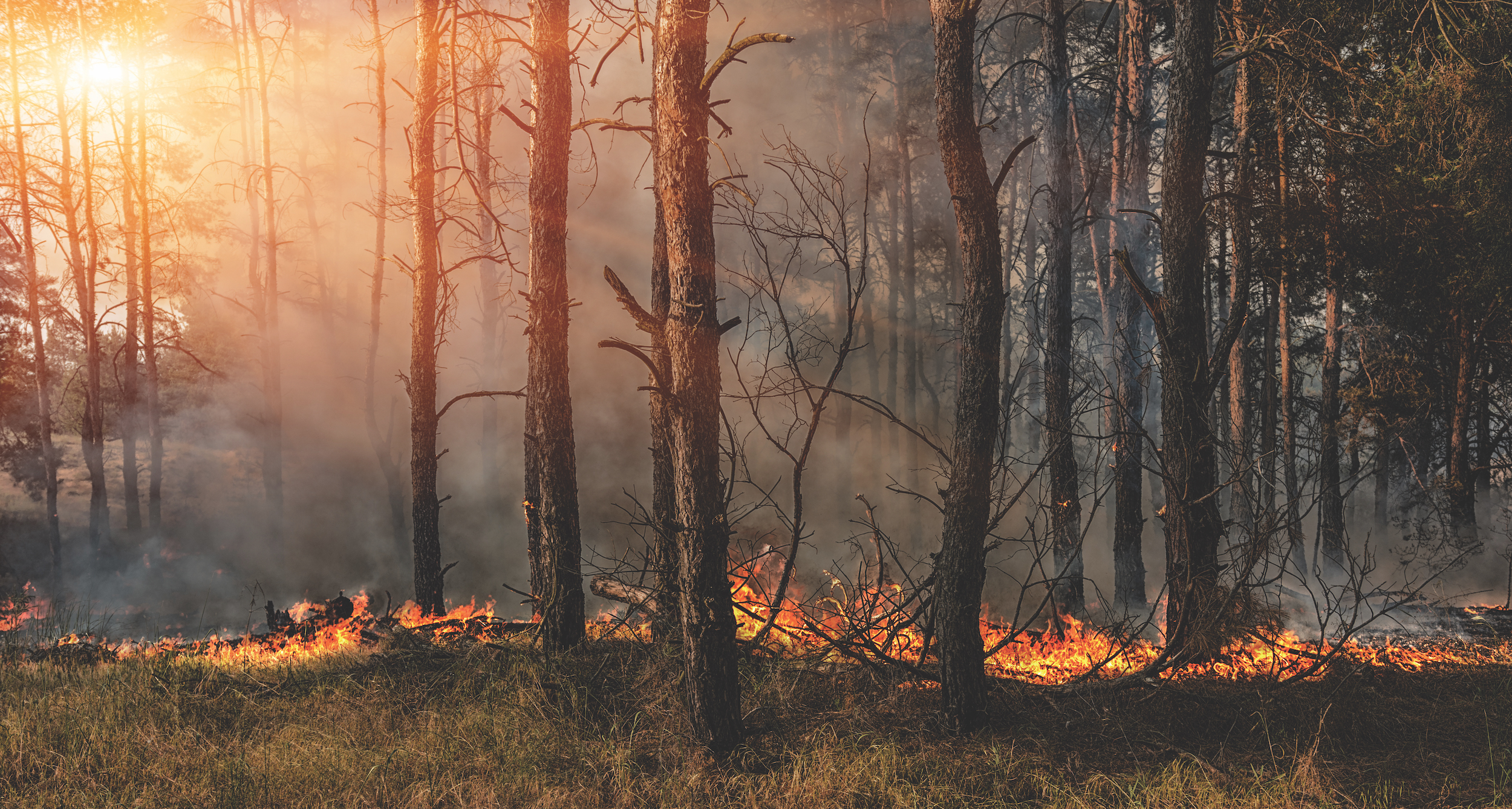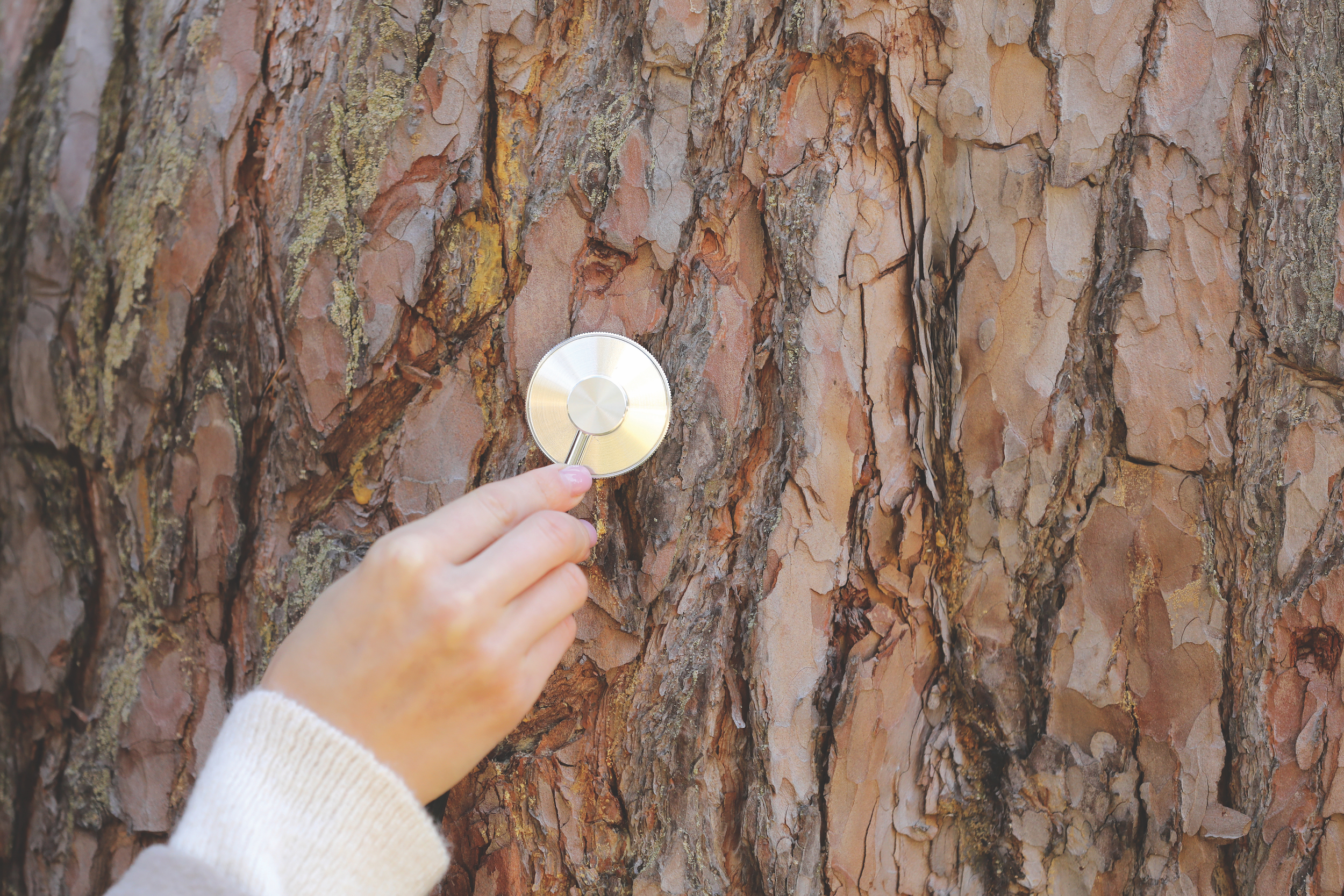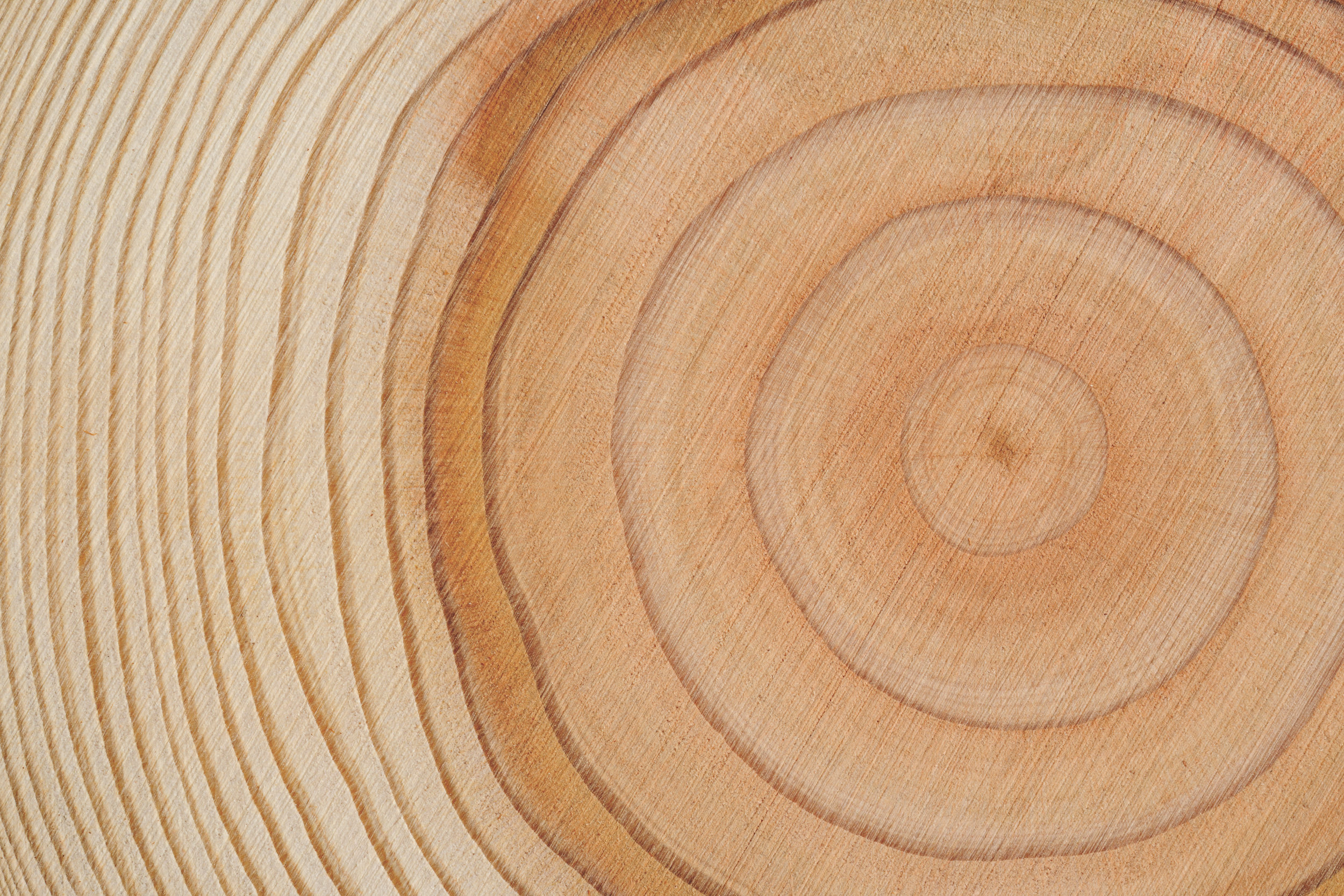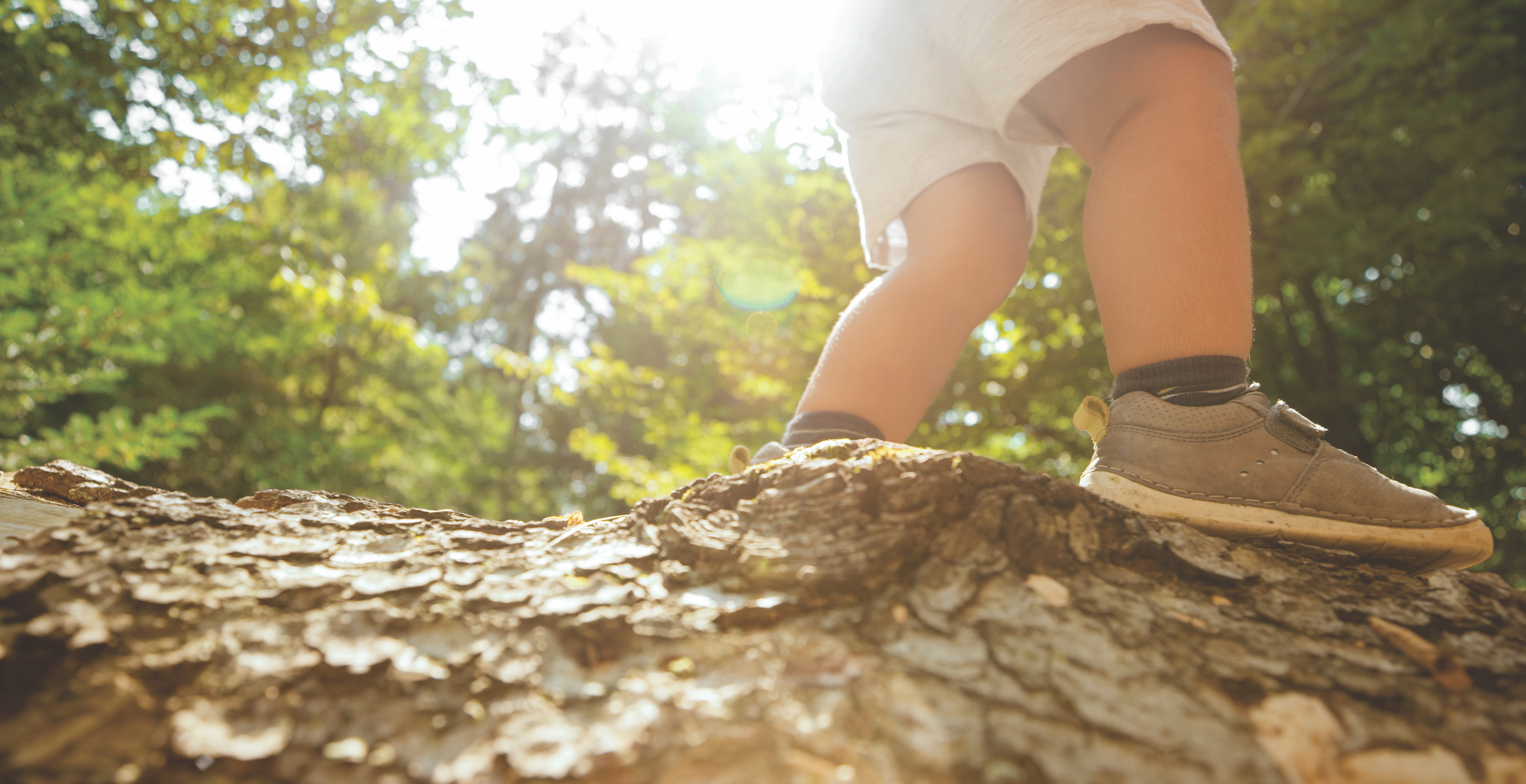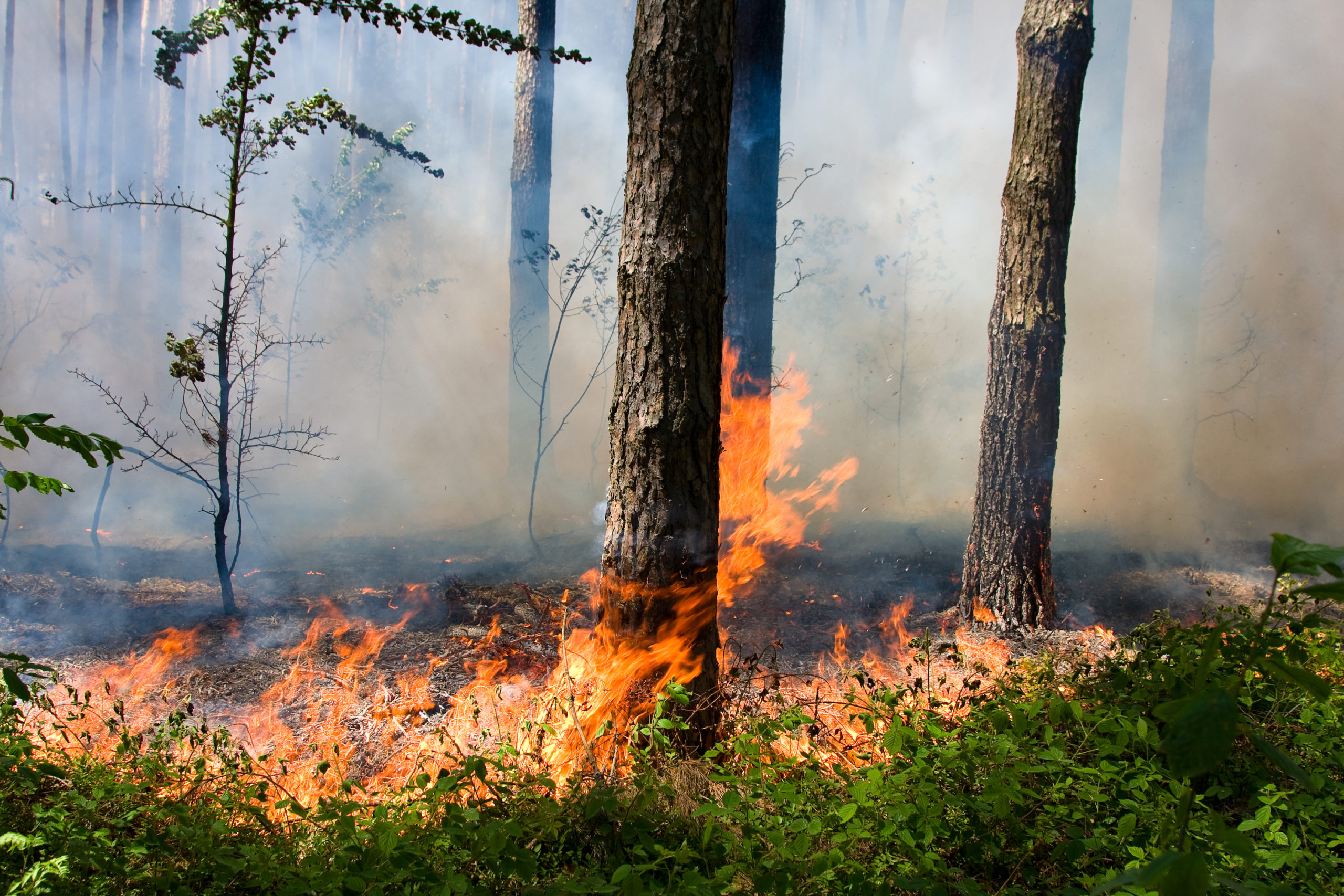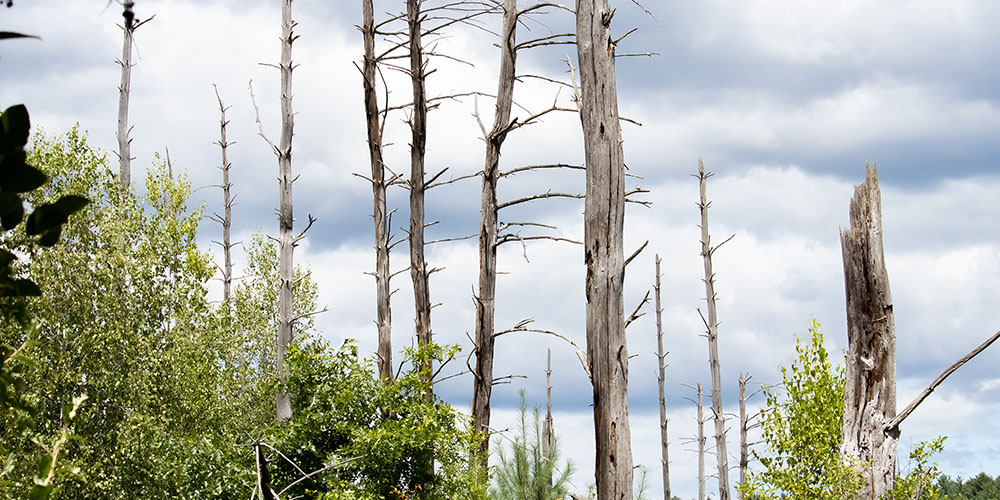November 28, 2022 | By Rae
Nature of Fire features three PLT activities for educators of students in grades 6-8 about sustainable forest management and strategies to reduce catastrophic wildfire, ensure resilient forests, maintain forests, and restore degraded lands.
December 28, 2020 | By Project Learning Tree
Succession is a natural pattern of change that takes place over time in a forest or other ecosystem. Students read a story about succession and investigate the connections among plants, animals, and successional stages in a local ecosystem.
December 28, 2020 | By Project Learning Tree
Students learn about the three elements a fire needs to burn and find out how this “fire triangle” can be used to prevent and manage wildland fires, particularly in the wildland–urban interface.
December 28, 2020 | By Project Learning Tree
Students examine trees for signs of damage or poor health and investigate conditions that may cause trees and other plants to become unhealthy.
December 28, 2020 | By Project Learning Tree
Tree rings show patterns of change in the tree’s life, as well as changes in the area where it grows. Students will trace environmental and historical changes using a cross-section of a tree.
December 28, 2020 | By Project Learning Tree
It’s amazing how many things live in and on rotting logs. In this activity, your students will become familiar with some of those organisms by observing fallen logs or other decomposing pieces of wood.
August 25, 2016 | By Project Learning Tree
August 25, 2016 | By Project Learning Tree
August 25, 2016 | By Project Learning Tree
